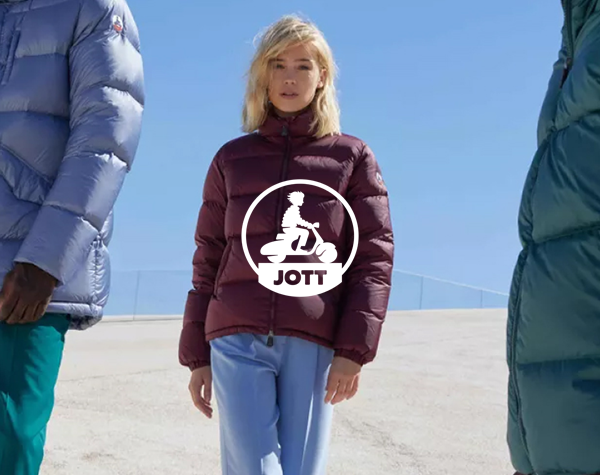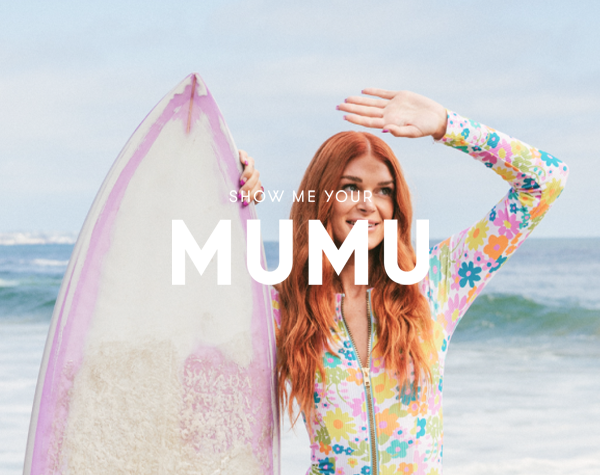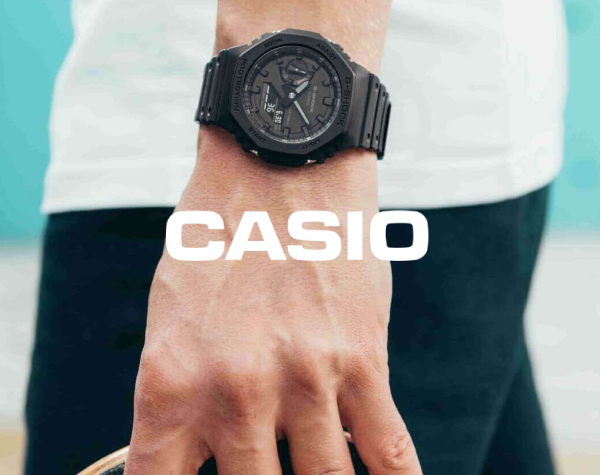

How the Victoria Racing Club Pulled off the 2020 Melbourne Cup Amidst a Pandemic with a UGC-Led Competition
The Victoria Racing Club (VRC) every year hosts the Melbourne Cup—dating back to 1861 and revered by many as the greatest 3,200-metre horse race in the world.
Typically, the eight-day event (referred to as the Melbourne Cup Carnival) draws huge crowds from all over the world. It receives even greater international attention from those watching the event at home.
But in 2020, the VRC was facing a difficult problem: How do you continue to pull off an event with such international exposure in the face of a pandemic?
The solution, they decided, was to take the events surrounding the Melbourne Cup virtual. They turned to user-generated content (UGC) to safely and creatively keep the Carnival participation, engagement and excitement alive.
About the VRC & Melbourne Cup
The Victoria Racing Club is one of the oldest institutions in Melbourne. In fact, the VRC was formed just a few years after the city’s founding in 1835.
Its annual event, the Melbourne Cup, is its largest of the entire year. It’s often affectionately referred to as “The Race that Stops the Nation” due to the unofficial tradition of Australians frequently sneaking off of work to spectate the races and place bets. Melbournians even get a public holiday for the event.

According to Ben McAuliffe, senior digital manager at the VRC, “Melbournians love their sporting events and horse racing is no different. For the Melbourne Cup, we get massive crowds—typically around the 100,000 attendee mark. We’ve even had upwards of 130,000 people on Derby Day and Cup Day.”
Preparing for a different derby amidst a pandemic
McAuliffe said that because of the pandemic, “we started planning early this year for what a low attendance, largely digitally-run Carnival could look like.” Based on those challenges, VRC had two main imperatives:
1. Keep the engagement flame alive – The Melbourne Cup is a lively event and that had to be maintained to the highest degree possible. The goal was to keep the momentum and engagement going with horse racing fans and event participants by encouraging them to participate safely from home.
2. Continue to drive value for commercial partners – Sponsors, TV brands and broadcast partners pour millions of dollars every year into the Melbourne Cup intending to get exposure to hundreds of thousands of Carnival attendees and tens of millions of those watching from around the world.
McAuliffe said, “We recognized pretty early that we had to invest not just dollars but also creativity into different ways of doing things.”
‘Fashions on the Field’ transformed to virtual UGC-led ‘Fashions on Your Front Lawn’
Fashion is a key part of the Melbourne Cup. Its competition, Fashions on the Field, where a portion of the course gets turned into a runway is “the most sought-after fashion prize in the whole of Australia” says McAuliffe. Over the years, the event has garnered a strong following in the fashion industry—particularly with emerging designers, up-and-coming models and milliners.
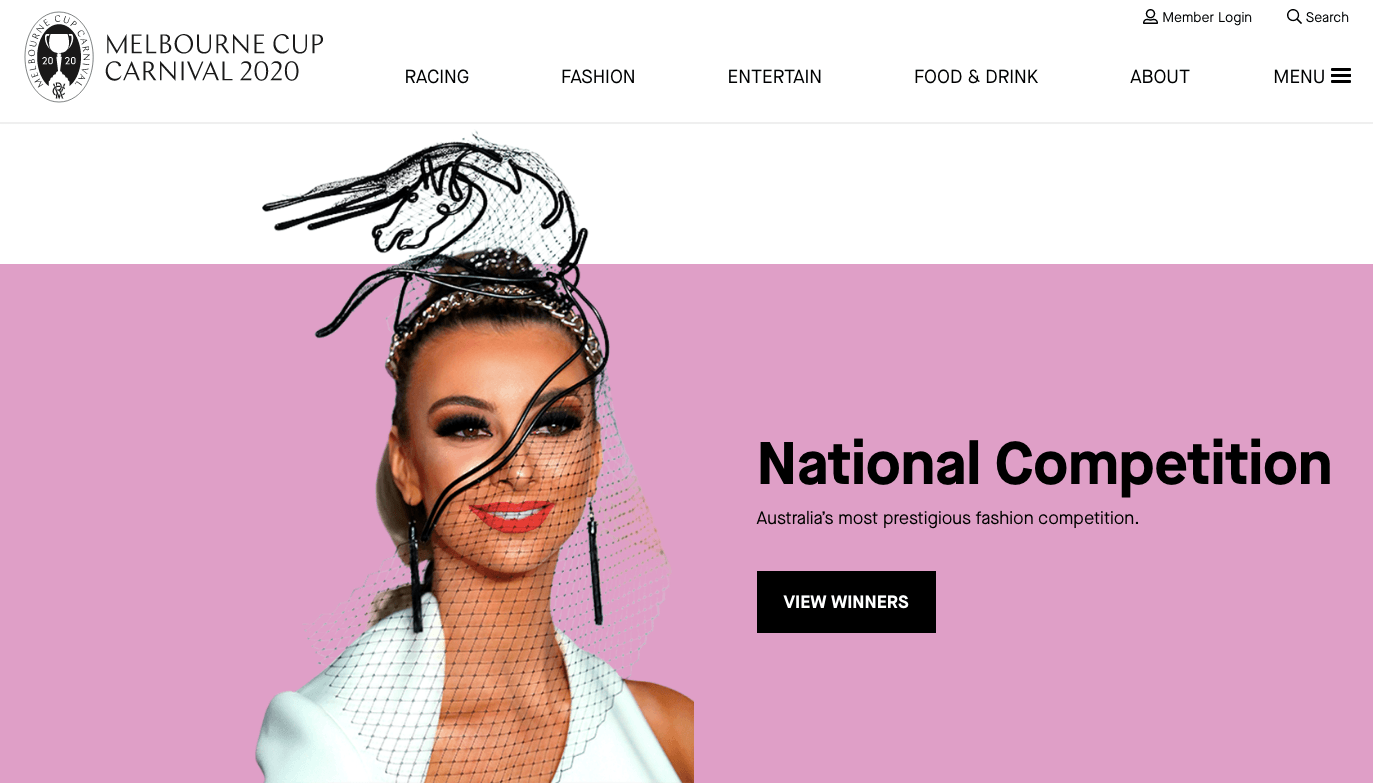
Because there couldn’t be any public gatherings on the field due to a city-wide COVID-19 lockdown, Fashions on the Field was transformed into a UGC competition: Fashions on Your Front Lawn. Participants could either submit their entry through a form through the Stackla Direct Uploader tool or participate via social media with an image of themselves including the event hashtag. Then, using Stackla, VRC easily curated and displayed the best submissions across their Fashion webpages.
View this post on Instagram
For the fashion competition, there were 118 form entries via Stackla’s Direct Uploader in just two days.
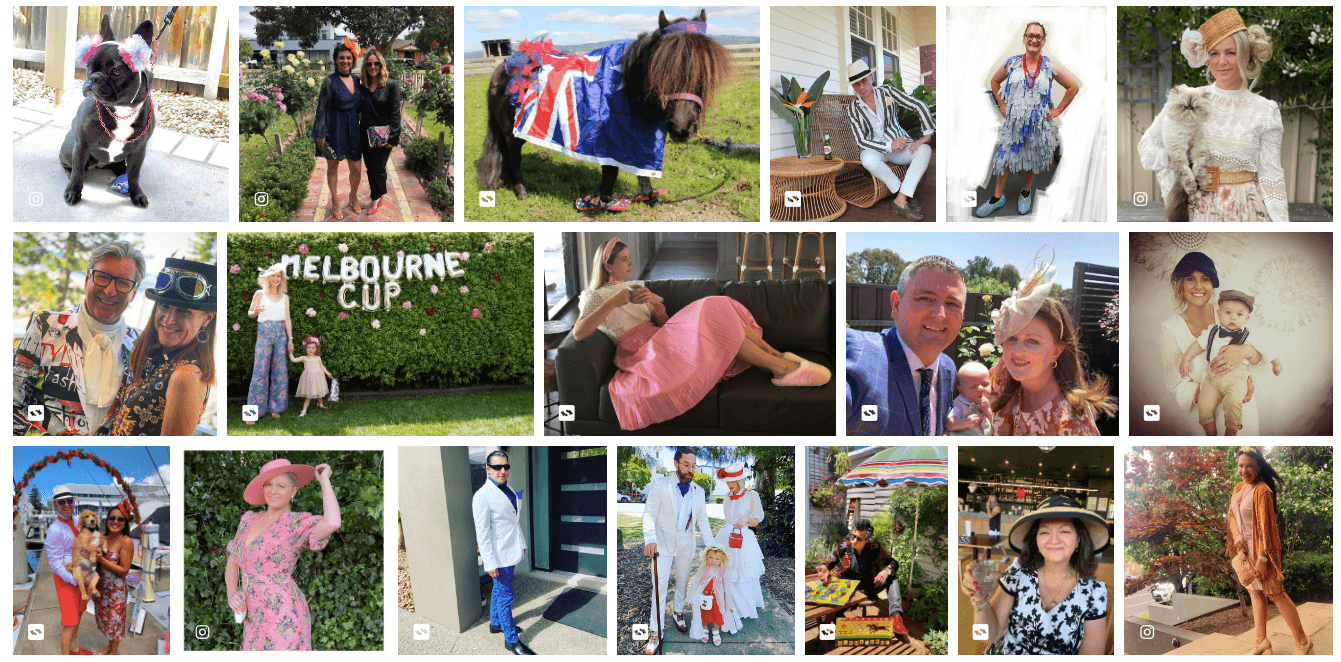
Just for Fun
In addition to the high-fashion competition, VRC ran a “Just for Fun” version of the event where anyone could participate. Just for Fun had four distinct categories: Family Ties, Mad Hatters, Lounging Style, and Cup Week Costumes. Participants had to enter by using the #cupweekfashion hashtag along with the specific category hashtag.
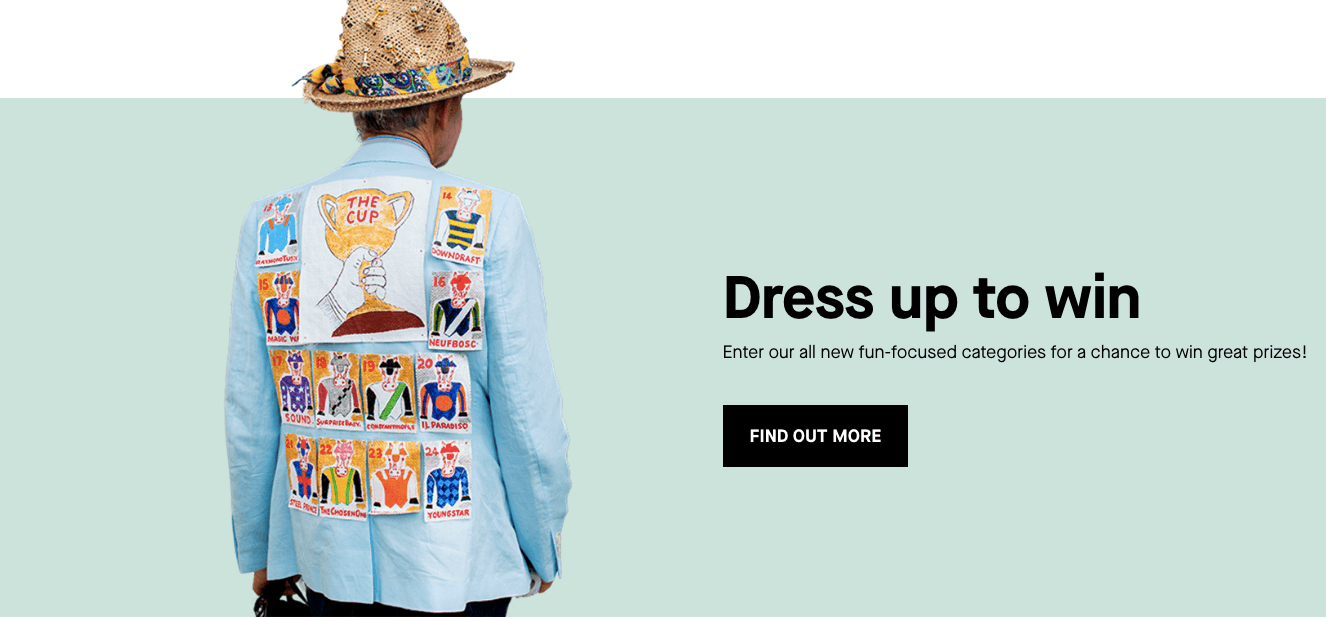
“There were different fashion styles so people could be more relaxed or people could get super dressed up from their own homes. We had some people in brilliantly loud suits, fun frocks and crazy hats as a nod to the fashions of Cup Day” said McAuliffe.
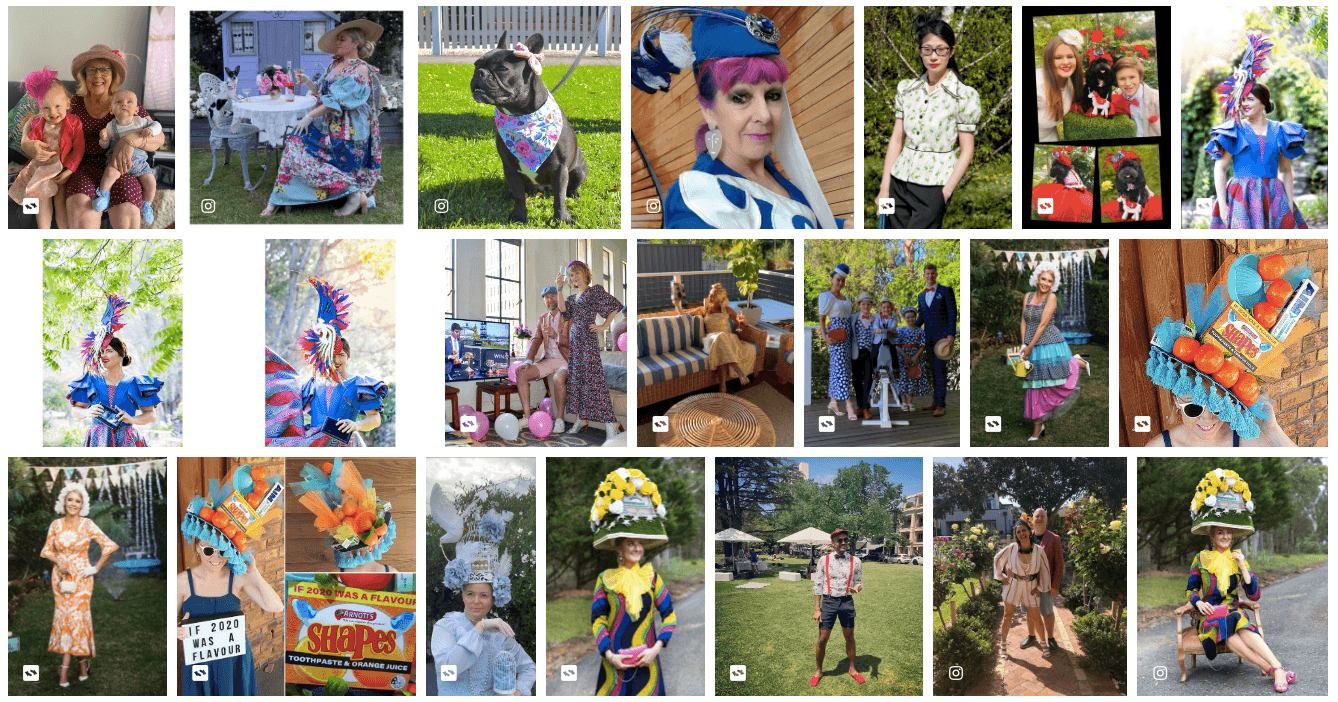
Over the eight-day Carnival period, VRC garnered over 26,000 new pieces of UGC for the event.
How the VRC used Stackla for its UGC needs
Before using Stackla, VRC had a single UGC feed coming from their Instagram on their website homepage. It was “reasonably limited and not sophisticated” for the large-scale UGC needs VRC had for this years’ Melbourne Cup event.
With Stackla, VRC was able to seamlessly scale its UGC activities for an international event as well as curate all of the newly-generated UGC into different categories for specific Melbourne Cup web pages. They had dynamic UGC galleries across the Flemington Racecourse homepage and the Melbourne Cup Fashion pages as well as their principal sponsor’s webpages: the Lexus Melbourne Cup Carnival page and the Lexus Australia online social event feed.
McAuliffe said that they “spread the UGC around so that there was a division of different interests of the event instead of having all UGC aggregated into one place. Otherwise, it would have been too generalised and not tailored to the specific interests of event participants.”
Stackla’s curation capabilities enabled VRC to categorise their generated UGC into more specific feeds, i.e. the thoroughbred racing-related UGC and the UGC for the fashion competitions.
Judging the fashion competition
In its planning of the UGC-led fashion competition, the VRC ran into another problem: dividing up the different categories of the fashion competition in a way that was easy for judges to choose their picks for winners.
McAuliffe said, “We were racking our brains as to what manual way the fashion judges would discover and share their chosen winners with us. They were going to take screenshots of Instagram then save them, name them, resize them and put them into a dropbox folder to send to us. We thought that was going to take a lot of time and it was also a complicated way of doing it.”
The VRC digital team then reached out to Stackla about an easier solution. What the Stackla team provided were unique, private web pages featuring the dynamically filtered UGC for each competition. Within the Stackla platform, VRC created their own shortlist for each competition category, put those UGC galleries on the non-searchable web pages and sent those URLs to the appropriate judges.
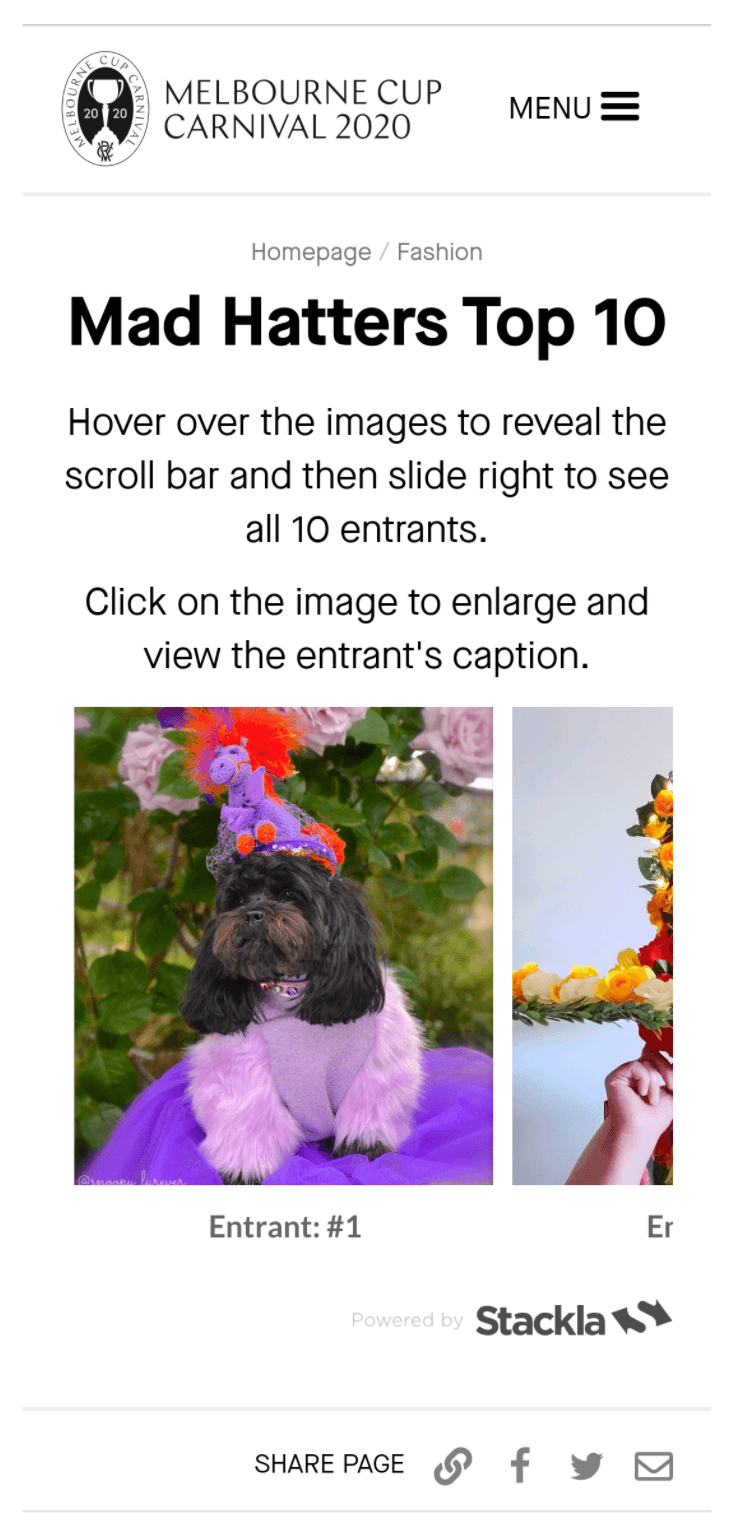
“Our fashion teams were beside themselves because it easily streamlined what would have taken days of manual work to create. With Stackla, we had it all done in a few clicks of a button. That was a slightly different, more private way of using Stackla that none of us had at front of mind as an option before talking to their team of experts.”
Superior SaaS service with Stackla
With an event like the Melbourne Cup, McAuliffe said that fast response time was crucial to pulling off their UGC campaigns. He said “I was floored by Stackla’s level of customer service. With a live event, you haven’t got time for the whole ‘get back to you on Wednesday’ mentality.”
He added, “For an event this grand, you’ve got all sorts of different demands coming at you from different parts of business and sponsors, but the Stackla team were brilliant. You just don’t typically expect to get that level of personalised and quick turnaround service from a SaaS product.”
The results
- Over 114,000 pieces of user-generated content collected for Cup Week
- More than 34,000 pieces of aggregated UGC were published to VRC digital channels
- 118 user-generated content submissions were uploaded directly to the VRC website
- 2,700 total uses of the #cupweekfashion hashtag
According to McAuliffe, “Because of the efforts made by our digital team to keep the momentum of the events surrounding Cup Week going, we were able to maintain engagement despite the lack of having a physical crowd—helping to achieve our goal of keeping audiences and event sponsors happy.”
Other case studies

